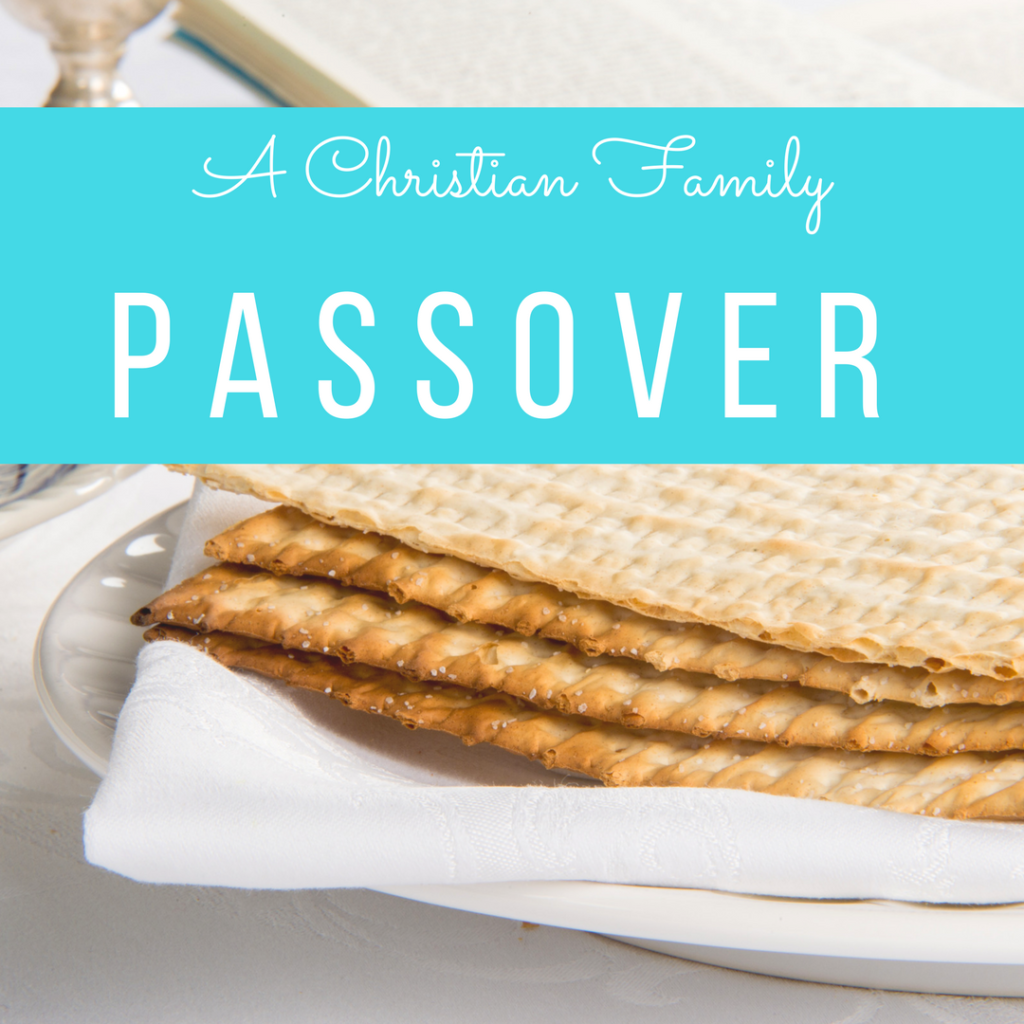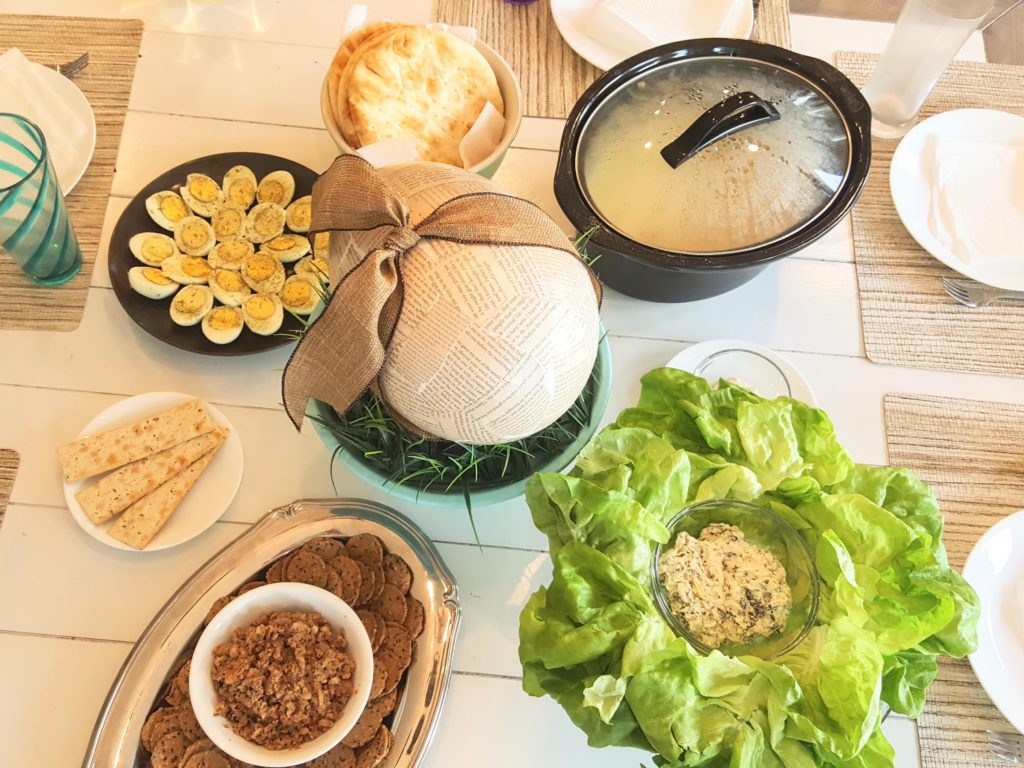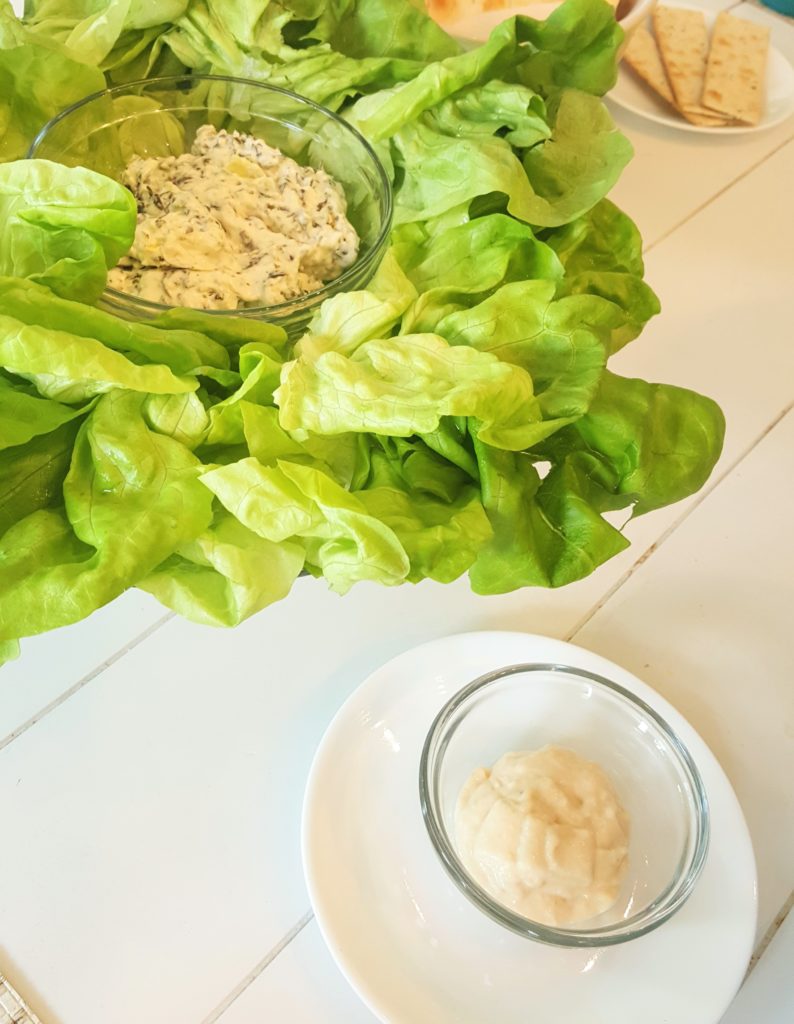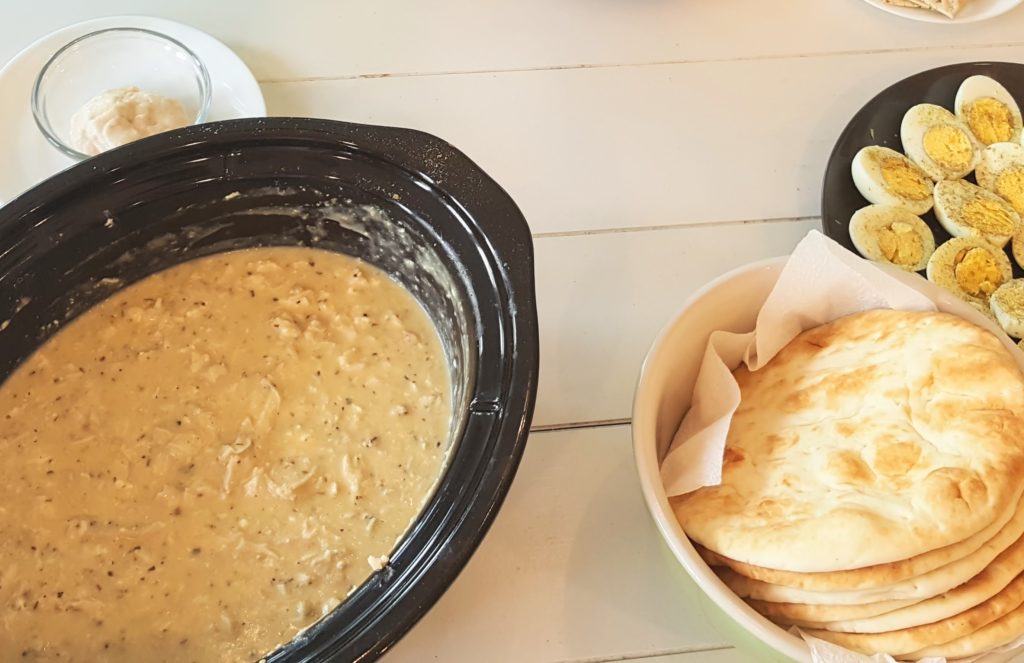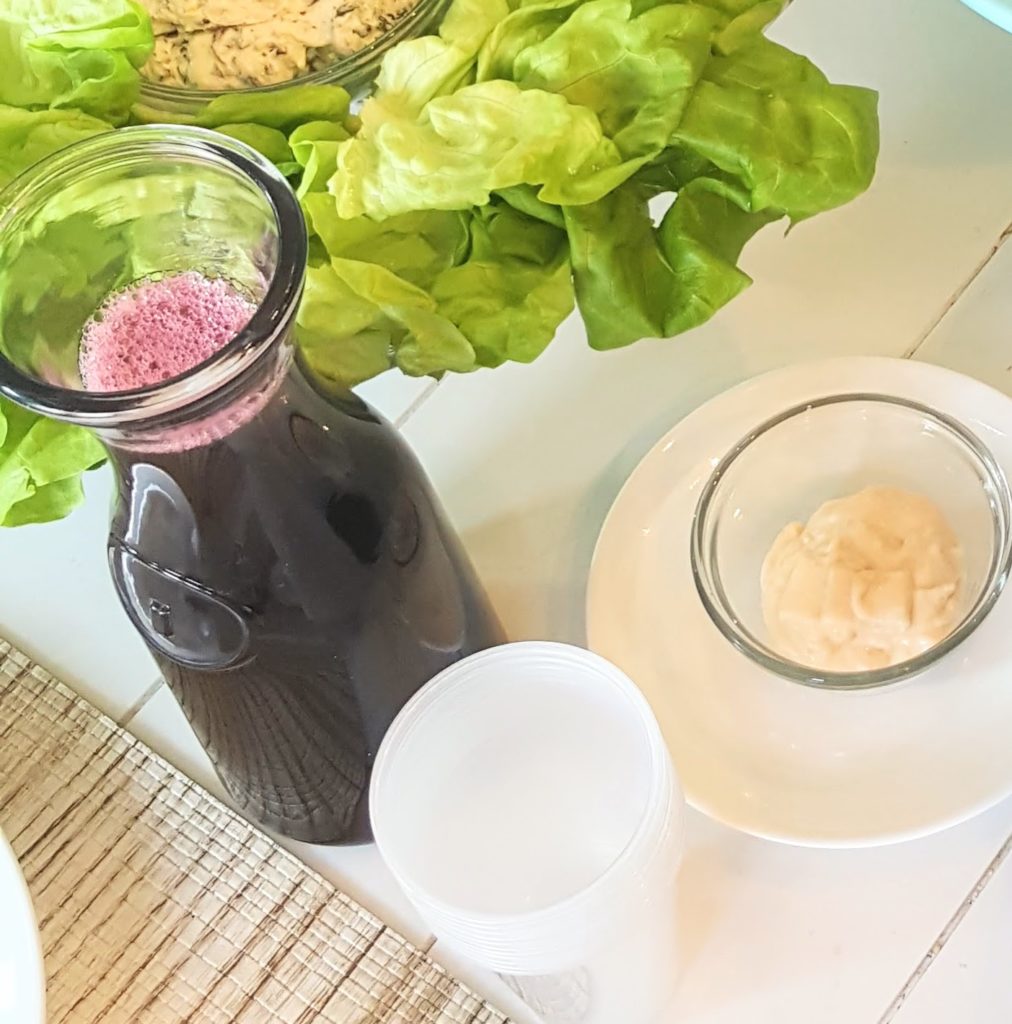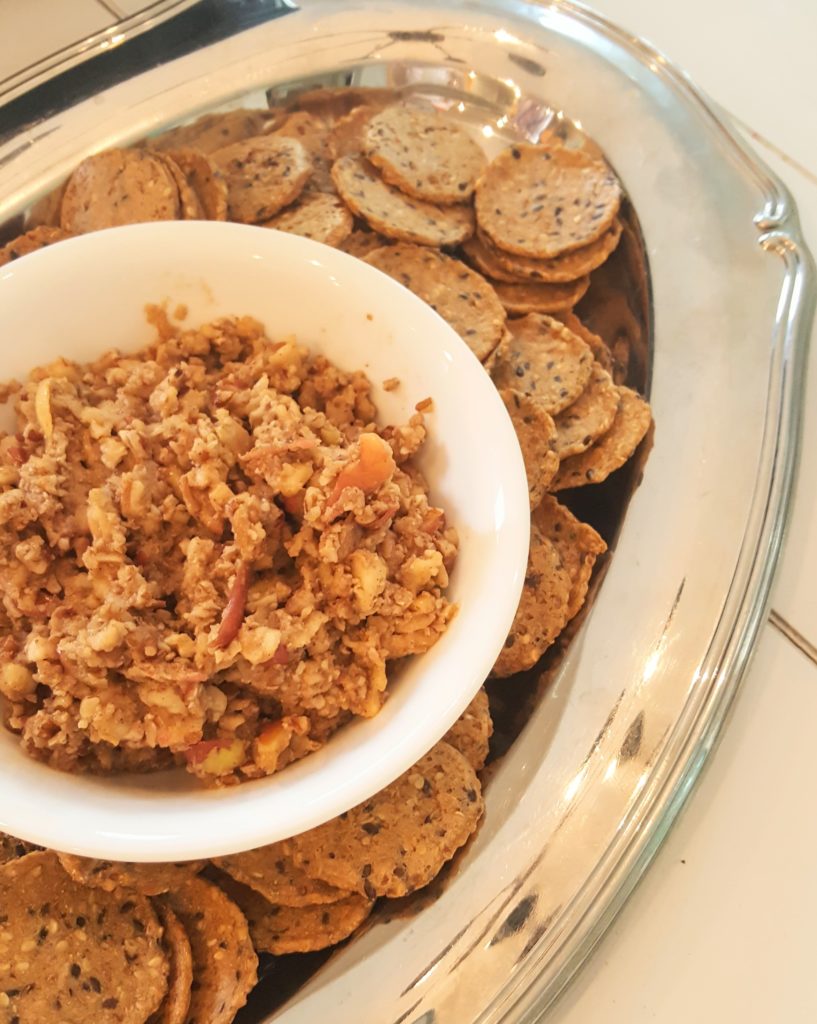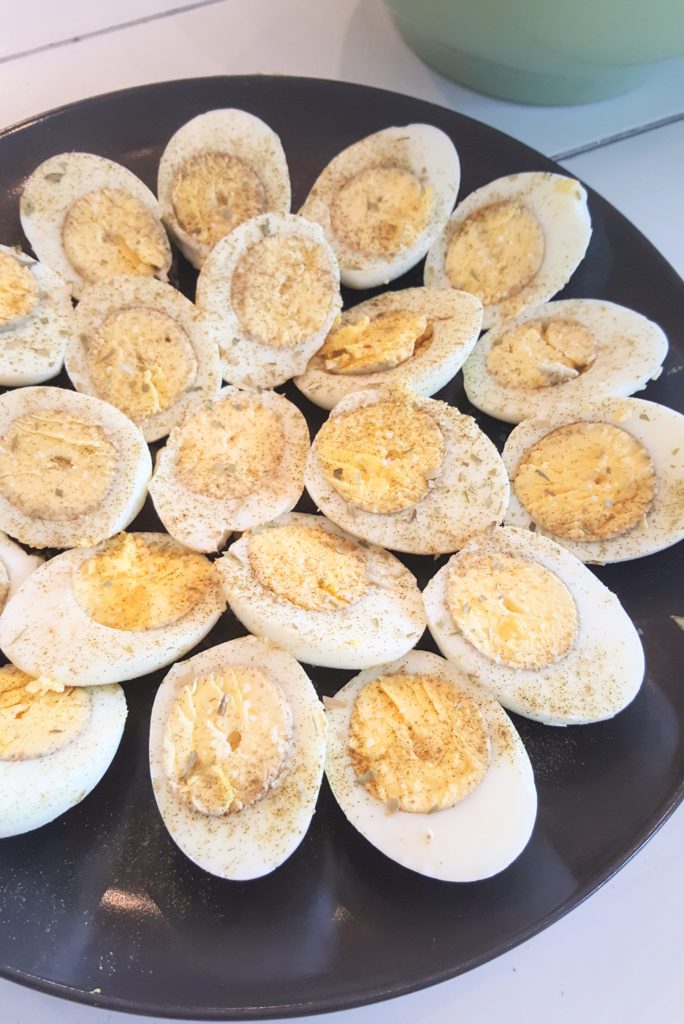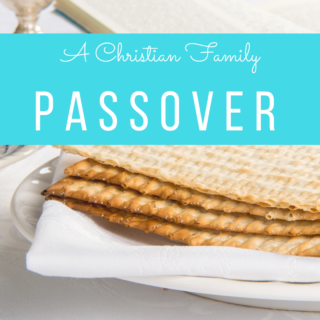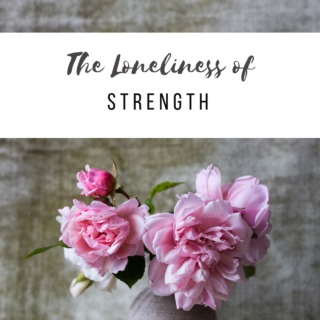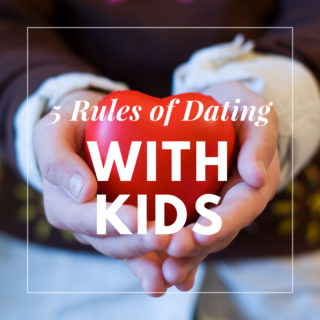After my freshman year at Brigham Young University I had the opportunity to visit the Holy Land with my parents on a travel study tour. We had two guides for the majority of the trip; one a ruddy and stout LDS Religious scholar of the Ancient Near East named Budd who was slightly impatient but had an immense treasure trove of gospel knowledge; the other a demure yet colorful Christian Israeli named Simon who spoke with a thick accent and giggled at his own jokes…and had a habit of announcing “Shek a leg!” every time we needed to move on. He was kind of my favorite:).
Despite two weeks of a diet severely lacking of fresh produce and an excess of falafel and flat bread, my Holy Land experience would prove to be positively life changing. Upon my return to BYU in the Fall I had changed my major from Music to Ancient Near Eastern Studies. I was so intrigued by the culture there and motivated by the spiritual growth that came to me as I studied the scriptures with a new historical perspective that this seemed to be the perfect academic path for me. And I loved it.
Sadly, that path was re-routed some time later by a number of life’s detours. Over a decade later I ended up graduating in something entirely different, though, in its own way, equally enjoyable: Family Life.
As circumstances would have it, and perhaps impelled by the fact that the time I spent exploring Judaism during my ephemeral studies as an ANES major left a soft place in my heart for all things Jewish, I now have the chance each Spring to merge my two great academic affinities into one truly special tradition: our annual Passover (Seder) Meal.
In our family we celebrate Holy Week as a way to prepare our minds for Easter Sunday, focusing primarily on the Savior. We don’t really do the Easter Bunny.
We still incorporate elements of secular fun into our holiday rituals, like egg dying, Easter baskets, and egg hunts. But the focus is very much on the actual purpose of the day…to celebrate the amazing atonement and miraculous resurrection of our Lord and Savior, Jesus Christ. For us, those are pretty awesome things to get excited about:). And so each evening, beginning with Palm Sunday, we do something special (involving a giant egg) to mark the day and come to understand a little bit better the life and mission of Christ.
Mark 14:12-17
“And the first day of unleavened bread, when they killed the passover, his disciples said unto him, Where wilt thou that we go and prepare that thou mayest eat the passover?
And he sendeth forth two of his disciples, and saith unto them, Go ye into the city, and there shall meet you a man bearing a pitcher of water: follow him.
And wheresoever he shall go in, say ye to the goodman of the house, The Master saith, Where is the guestchamber, where I shall eat the passover with my disciples?
And he will shew you a large upper room furnished and prepared: there make ready for us.
And his disciples went forth, and came into the city, and found as he had said unto them: and they made ready the passover.
And in the evening he cometh with the twelve.”
Because of the supreme significance of what occurred on Thursday, I decided a few years ago to introduce our family to the concept of a modified “Passover” meal to be included in our Holy Week festivities. Naturally, its novelty necessitated several adjustments until finally approaching a comfortable balance between precision and practicality.
Because we are Christian and not Jewish, this meal works a little bit differently for our family. Each of the six foods presented on a Seder table can not only remind us of our religious Judaic heritage and the tribulations endured therein, but we can also recognize the types and symbols that point us to Christ; the same Jehovah who saved the Israelites from Egyptian bondage long ago and who continues to save us, even daily, from spiritual bondage. That is our goal with this meal; to be reminded that because of this Christ, we are delivered from sin and sorrow, redeemed from our lost and fallen state, and saved by His grace.
It is no coincidence that following the Savior’s Last Supper with his disciples, a properly administered Passover Feast, Jesus Christ then retired to the garden called Gethsemane to atone for and save us from our sins.
Matthew 26:38-39
Then saith he unto them, My soul is exceeding sorrowful, even unto death: tarry ye here, and watch with me.
And he went a little further, and fell on his face, and prayed, saying, O my Father, if it be possible, let this cup pass from me: nevertheless not as I will, but as thou wilt.
How richly symbolic: a lamb without blemish, casting himself on the altar of an olive press grove, then offering himself for ransom to the men who would condemn him to death. How do we sufficiently honor this? How do we commemorate such an act? As Latter-day Saints we do this by partaking of the Sacrament each week. As a family attempting to make our Easter celebrations a little more special, we have our version of a Passover meal once a year as well. It is such a tiny offering, and hugely inadequate. But it’s our little tradition. And I love it:).
Seder Menu
(with explanation of significance)
Maror
On the table: Horseradish. “Bitter herbs” symbolizing the harshness of slavery endured by the Hebrews under Egyptian captivity. Christians can remember the captivity we all experience under the influence of sin and the realities of a fallen mortality.
Charoset
On the table: An apple and pecan chutney served with black sesame crackers. This dish symbolizes the mortar used by the Hebrew slaves in building Egyptian structures. Christians can be reminded of the strength and fortitude required to build lives of faith centered on the Lord Jesus Christ. Members of the Church of Jesus Christ of Latter-day Saints can also remember the sacrifices made by early pioneers in giving of their meager means to construct early temples of the Church.
Karpas
On the table: Romaine lettuce leaves with a greek yogurt cucumber dip. This food is another vegetable other than the bitter herbs that, when dipped traditionally in salt water (intended to represent tears), symbolizes the pain endured by the Hebrew slaves in Egypt. Christians can remember the pain that Christ endured when performing the atonement in the Garden of Gethsemane and on the cross at Golgotha’s hill.
Z’roah
On the table: Slow roasted creamy Mediterranean chicken served in soft pita bread. Traditionally roasted lamb or goat (sometimes chicken wing or neck) is the meat offering on the table, symbolizing the Paschal Lamb sacrificed in the temple. This lamb was to be perfect, with no blemishes, and was reminiscent of the lambs slaughtered, the blood therefrom applied to the posts of all Israelite houses, on the night the destroying angel passed over the homes of the faithful. Christians can remember the sacrifice of God’s only begotten son, a “lamb without blemish,” whose blood saves us from spiritual death.
Beitzah
On the table: Roasted hard boiled eggs seasoned with thyme. This food represents the second offering, called a festival or pilgrim offering, performed in the temple on the High Holy Day. Its presence on the Seder table symbolizes the loss of the Judaic temple and the longing for its future reconstruction. It is also a reminder of Spring and new life that emerges during this time of year. For Christians, the egg can remind us of the newness of life that we receive through Jesus Christ’s sacrifice and resurrection on our behalf.
Matzah
On the table: whole wheat Greek Pita flat bread. Three Matzot are placed on the table and eaten at specific intervals throughout the Seder meal. The unleavened bread is symbolic on several levels. First, it represents the haste with which the Israelites had to escape with Moses from the hand of Pharoh. It is said that they had to leave so quickly that their bread didn’t have time to rise. In addition, many Jews view the number of Matzot to signify the three great patriarchs: Abraham, Isaac, and Jacob. Christians can use the presence of Matzot to remember what the Apostle Paul teaches about leaven when he said, “Purge out therefore the old leaven, that ye may be a new lump, as ye are unleavened….Therefore let us keep the feast, not with the old leaven, neither with the leaven of malice and wickedness; but with the unleavened bread of sincerity and truth” (1 Corinthians 5:7-8). The three pieces of unleavened bread can also symbolize the Godhead: Heavenly Father, Jesus Christ, and the Holy Ghost.
